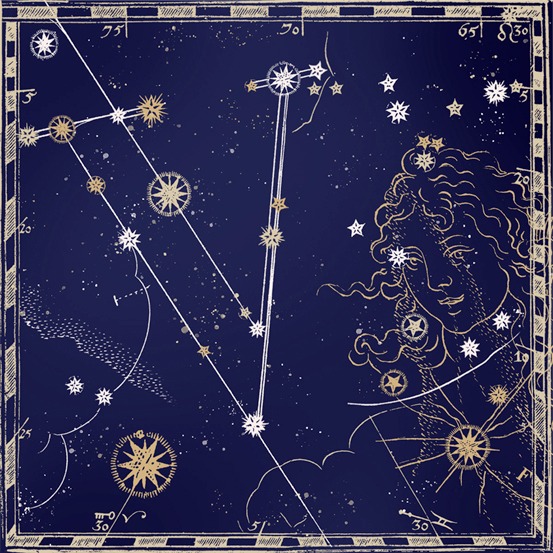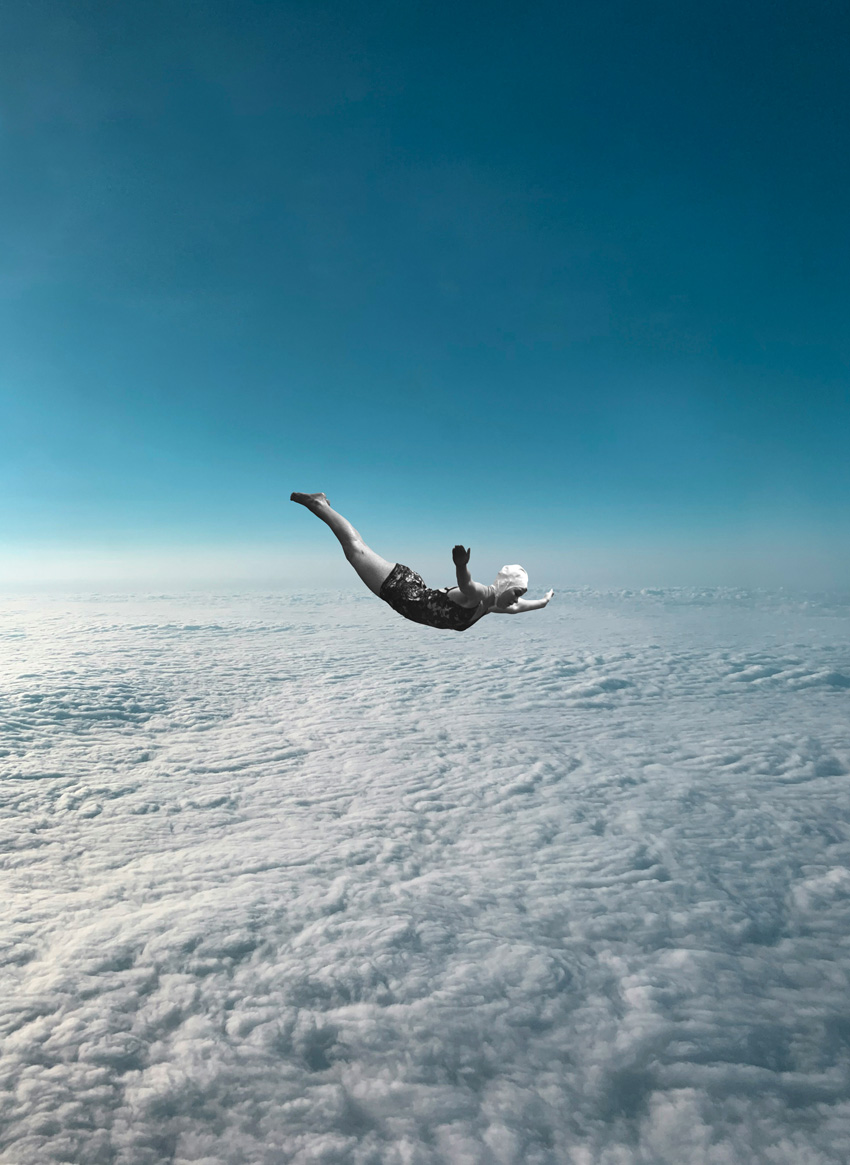Artwork by João Oliveira
The future of traveling promises not only new destinations, but also entirely new ways of getting to know the world and ourselves. The journeys of tomorrow invite us to explore what it means to travel, both in the infinity of space and in the depths of the soul.
Traveling has always been more than a physical act - it's a deep-rooted human instinct to explore, connect and transform. For centuries, our journeys have been motivated by the same desires: to see what lies beyond the horizon, to understand the unknown and to return home a little different from when we left. But as we stand on the threshold of a new era, the way we travel is changing. The future of travel lies in redefining the possibilities and pushing the boundaries of our imagination, and nowhere is this more evident than in the flourishing of space tourism. What once seemed confined to the pages of science fiction books is increasingly becoming a tangible (and somewhat bizarre) reality, thanks to pioneering companies such as SpaceX, Blue Origin and Virgin Galactic. These forerunners are charting a course for civilian access to the cosmos, giving not just a glimpse of what is the ultimate frontier, but an entirely new dimension of human experience. Soon, those with the means and courage to venture beyond Earth will have the opportunity to see our planet from a perspective previously reserved for astronauts. For a few short hours - or perhaps longer, in the near future - space tourists will be able to experience the thrill of weightlessness, the surreal beauty of the vast blackness of space, and the ethereal sight of the Earth suspended like a blue jewel in the void. However, while some are gazing at the stars, others are turning to cutting-edge technology to revolutionize the way they explore the world. Virtual reality (VR) and augmented reality (AR) are no longer mere entertainment tools, but are now reshaping the very concept of travel. These technologies make it possible to immerse ourselves in distant places with impressive realism, eliminating the constraints of time, cost and physical capacity. Augmented reality, meanwhile, takes the experience even further, seamlessly blending the digital with the physical: it won't be difficult to stroll through the souks of Marrakech with an augmented reality interface overlaying historical facts, hidden gems or personalized recommendations nearby. This new wave of technological travel brings a level of equality, opening the doors of exploration to those who would otherwise be unable to travel due to physical or financial limitations or logistical challenges. It's a way of democratizing discovery, ensuring that travel, in its broadest sense, becomes accessible to everyone.
However, among so many high-tech innovations, a surprising trend is making a comeback: the return of the train. Once overshadowed by the speed and convenience of air travel, train journeys are making a comeback and are celebrated not only as a means of transportation, but also as an experience in their own right. In an age defined by haste, there is a growing appreciation for the slow, deliberate pace of rail travel - a welcome antidote to the relentless pace of modern life. Luxury trains, such as the Venice Simplon-Orient-Express, are at the forefront of this renaissance, inviting physical and temporal journeys back to the Golden Age of travel, with opulent Art Deco interiors, distinctive services and gourmet dining experiences. Panoramic windows frame stunning landscapes, allowing us to savor the scenery that unfolds at a leisurely pace, whether it's the snow-capped Alps or the rolling hills of the English countryside. And this renaissance is as much about values as aesthetics, extolling a shift towards more conscious travel - an acceptance of slower, more meaningful experiences that opposes the desire to simply mark off points visited on a map.
For many, however, the most transformative journeys don't require a vehicle, a passport or even a physical destination. As the world becomes increasingly chaotic and hyperconnected, a growing number of people are looking inwards, seeking not just an escape, but a deeper sense of meaning and purpose. The growing trend for spiritual travel reflects the deep desire for the need to slow down, eliminate distractions and reconnect. Silent retreats have become sanctuaries for those seeking a break from the incessant noise of modern life, and meditation workshops provide tools for mindfulness and self-awareness that resonate far beyond the retreat itself. Meanwhile, trips to sacred places - such as the ancient temples of Southeast Asia, the mystical energy vortexes of Sedona or forests where rituals such as ayahuasca are practiced - are imbued with the allure of connecting us to something greater than ourselves, be it spiritual, historical or natural. Without chasing passport stamps, these journeys focus on balancing and recalibrating, embracing the vulnerability and growth that comes from being out of one's comfort zone - not just in a physical sense, but in an emotional and spiritual way. Ultimately, what unites all these experiences is their potential to leave a lasting impact. Whether we look outwards to the stars or inwards into the depths of self-reflection, tomorrow's journeys are set to reshape not only our destinations, but also our perspectives. After all, the essence of travel has never been just the places we visit, but the stories we bring back with us.
Translated from the original on "What's Next?" issue, published December 2024. Full credits and stories in the print issue.
Most popular
.jpg)


Relacionados

.jpg)





.jpg)